GBPJPY Technical Analysis 2015, 26.04 - 03.05: daily breakout for the reversal to the bullish with 180.43 key resistance; weekly ranging bullish with 174.86 key support
D1 price is on primary bearish with market rally: the price is trying to break 180.43 resistance level and Sinkou Span A line of Ichimoku indicator to be reversed from the primary bearish to the primary bullish on D1 timeframe:
- The price is located inside Ichimoku cloud/kumo and near Sinkou Span A line (which is the virtual border between the primary bullish and the primary bearish on the chart) for possible reversal of the price movement from the primary bearish to the primary bullish on D1 timeframe
- Tenkan-sen line is turning to be above Kijun-sen line of Ichimoku indicator on open D1 bar for now for the possible uptrend to be continuing
- Chinkou Span line crossed the price from below to above for good breakout
- AbsoluteStrength indicator and Price Channel indicator are showing the uptrend to be continuing
- Nearest resistance level is 180.43 (D1)
- Nearest support levels are 177.18 (D1) and 174.86 (D1)
W1 price is on bullish market condition with secondary ranging between 174.86 (W1) support and 185.00 (W1) resistance levels
MN price is on bullish condition with 189.67 resistance level
If D1 price will break 174.86 support level on close D1 bar so the primary bearish will be continuing
If D1 price will break 180.43 resistance levels so we may see the reversal to the primary bullish condition
If not so the price will be ranging between 174.86 and 180.43 levels
- Recommendation for long: watch D1 price to break 180.43 for possible buy trade
- Recommendation to go short: watch D1 price to break 174.86 support level for possible sell trade
- Trading Summary: bearish
Resistance Support 180.43 (D1) 177.18 (D1) 181.00 (W1) 174.86 (D1) 189.67 (MN) 174.86 (W1)
SUMMARY : bearish
TREND : breakout


 LinkBack URL
LinkBack URL About LinkBacks
About LinkBacks

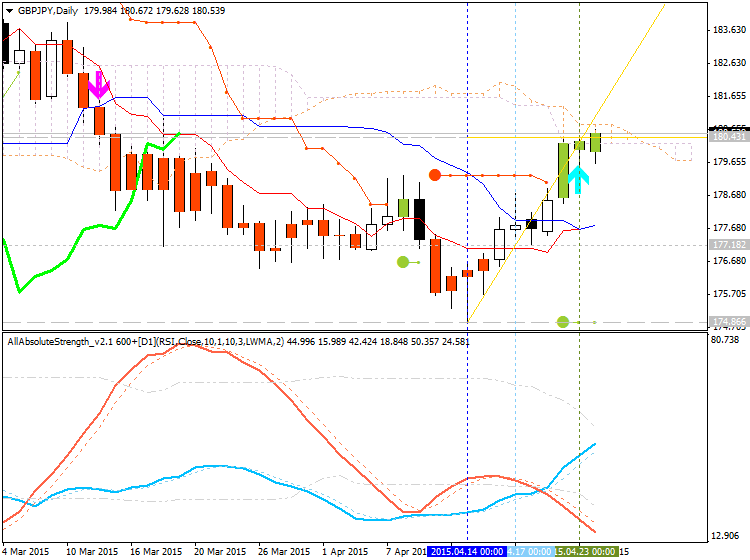

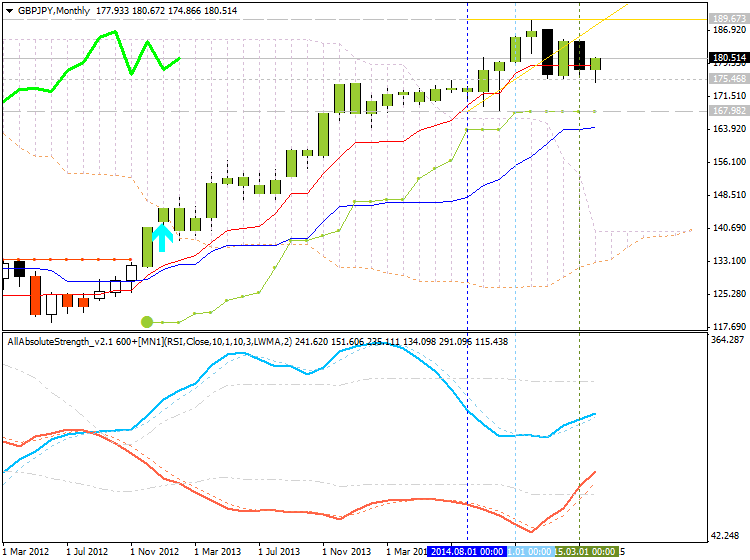





 Reply With Quote
Reply With Quote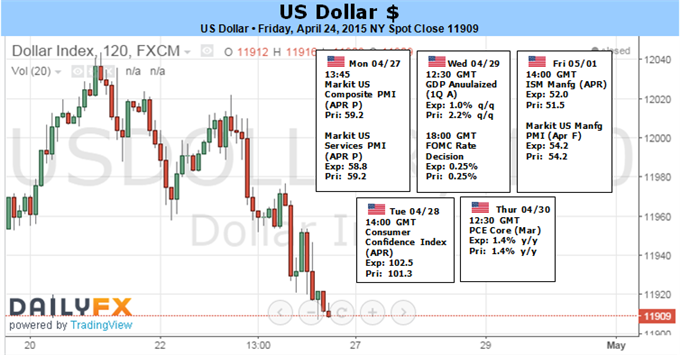
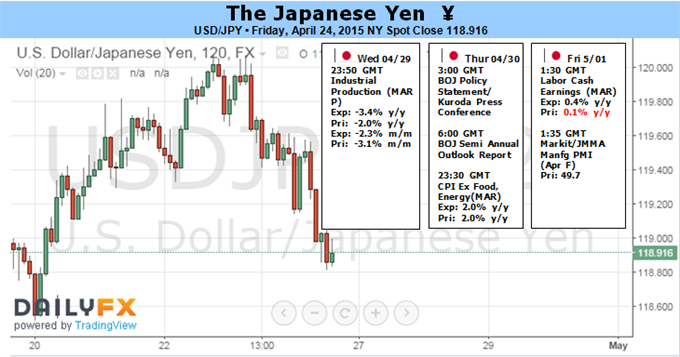



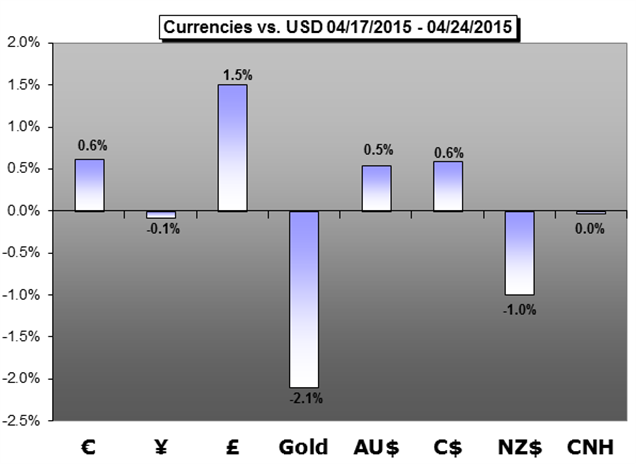

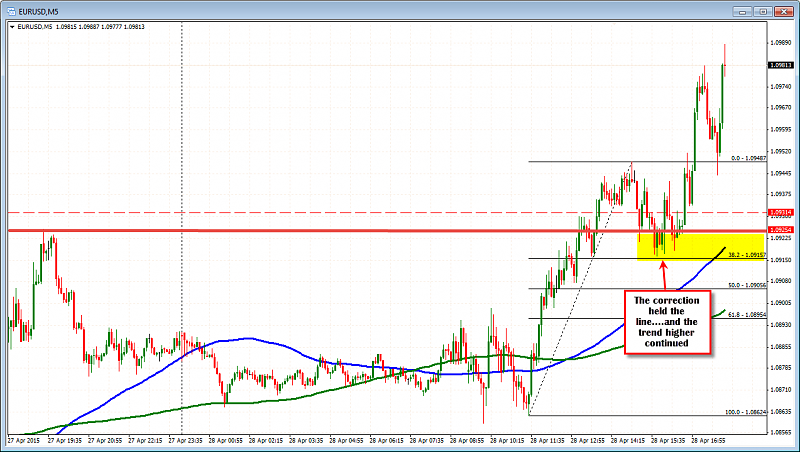
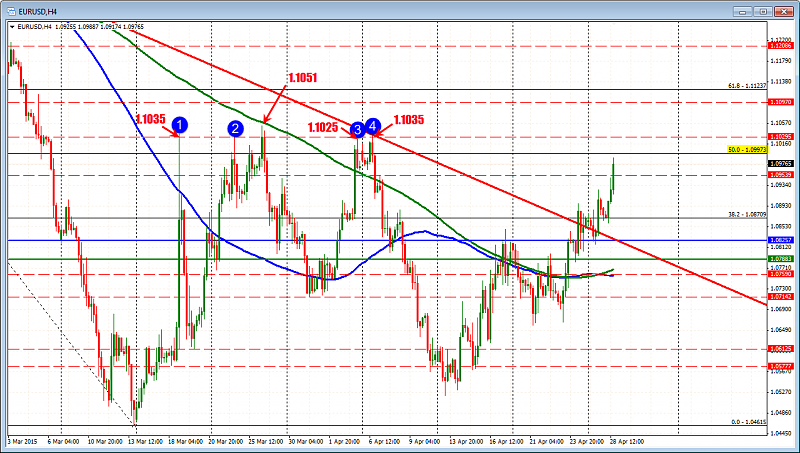


Bookmarks